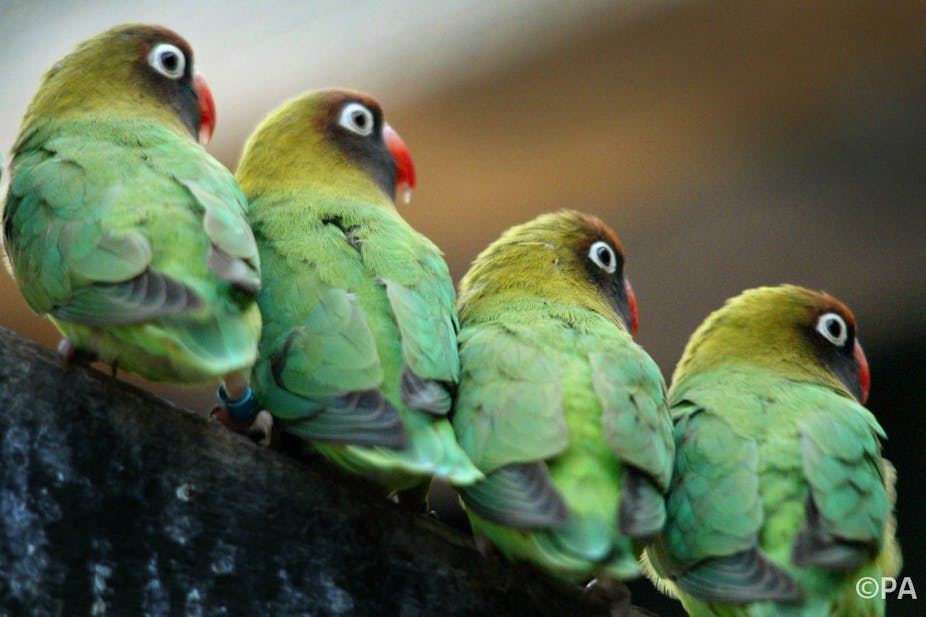Birdlife International’s new report recommends a US$80 billion increase in annual spending in order to fully protect important bird biodiversity areas. This surely poses the question: are birds really worth it?
This is actually a very difficult question to answer in real terms. The problem lies with trying to assign value to birds, or any other part of biodiversity for that matter. What do we even mean by value?
History suggests that people value birds deeply. They are ingrained in our cultures and we associate them with great beauty. Across the world, birds are celebrated as spiritual and religious symbols. Much of what we understand about the natural world comes from the observations of early naturalists with a passion for ornithology. Even in modern times, birds remain the best-studied class of organism, with many long-term datasets describing how their distribution, ecology and behaviour is responding to the many recent changes our environment has seen. This vast knowledge and deep affinity we have for birds no doubt grants them substantial intrinsic value.
Critical decisions about global spending on conservation, however, require hard evidence of value for money. Policy makers want facts and explicit figures – what will we get for our $80 billion annual investment in protecting important bird biodiversity areas?
A brief Google search will provide you with a long list of jobs that birds do for us. Worldwide, birds are working as seed dispersers, pest controllers and ecotourism reps, to name but a few. They also act as vital ecological indicators – because birds are so well studied, population changes are quickly noted, often highlighting much wider reaching problems that affect other taxonomic groups, including humans. Protecting important bird areas will have huge positive knock-on effects for other creatures living there too; entire ecosystems will benefit from this protection.
Despite the clear economic value of birds, it remains difficult to place a monetary value on the benefit of preserving them. Ultimately, we just don’t know how economically important avian biodiversity is or will be in the future. We don’t even have a great idea how much it would cost us to lose avian biodiversity. Perhaps most worrying is that, in both cases, we can only risk an under-estimation. Our calculations can only be based on what we already know, but what about the provisions we don’t yet know about? How can conservation policy be determined by weighing up monetary costs and benefits, when we may be vastly under-estimating one side of the equation?
Perhaps we should instead consider this from another point of view. Is $80 billion really that much money anyway? Annual global subsidisation of environmentally harmful activities such as agriculture, commercial fishing, energy use, forestry, mining and so on have previously been estimated to exceed $1000 billion. These governmental subsidies keep resource prices low, simply encouraging producers and consumers to overexploit at the detriment of the environment and its biodiversity. Scientists have pointed out that cutting these subsidies by just a fraction would easily provide the funding for conservation strategies such as that proposed in Birdlife International’s report. Such cuts would also directly reduce the impact of environmentally harmful activities because consumer prices would rise, driving exploitation down. Perhaps following a model where greater value is placed on environmental sustainability and less on human consumer costs is the way forward.
Protection of important bird areas is not just about birds. Birds are no doubt valuable, and arguably their value goes way beyond what they can provide for humans. But with birds come whole ecosystems with countless other species of untold value. By protecting these areas we will be investing in biodiversity on a much wider scale, and all of the value that comes with it.
BBC Nature - Birds “show value of conservation investments”

